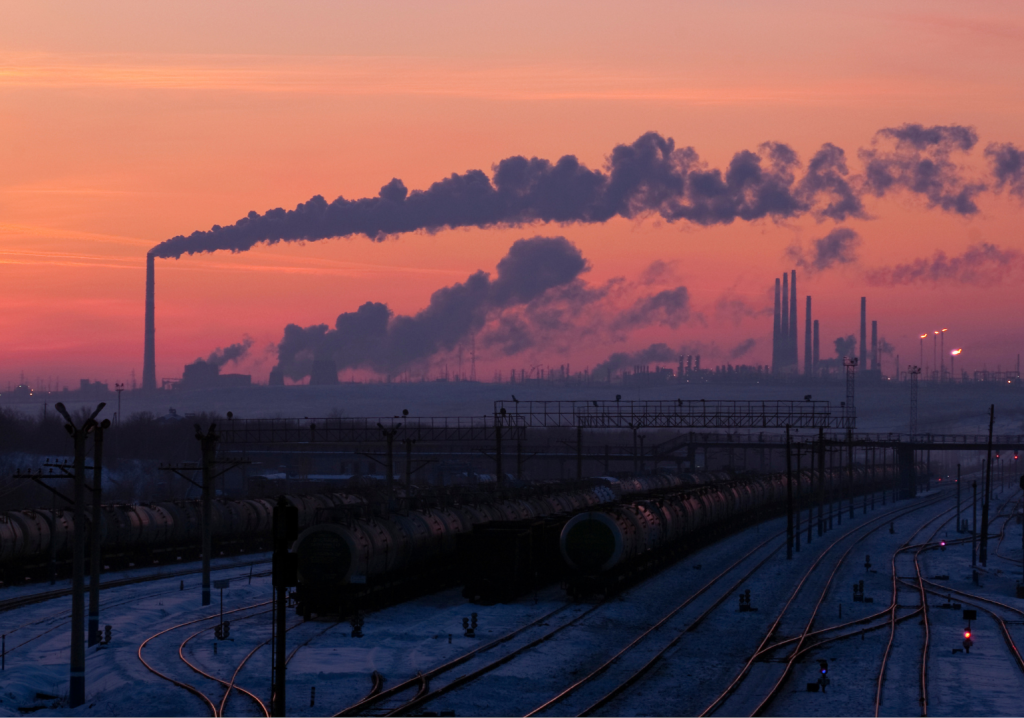Here are four graphs that explain which industries contribute the most to global methane emissions, and which abatement strategies would have the biggest impact.
Global methane emissions contribute significantly to global warming — but there are abatement technologies for companies in industries such as energy and agriculture to counteract this impact.
With methane contributing 30 per cent to the rise in global temperatures since the Industrial Revolution, huge potential exists to reduce, if not eliminate, these emissions.
Data from the International Energy Agency (IEA) shows that the share of methane emissions from the energy sector was 37 per cent of the total emissions caused by human activity — that’s an estimated 355,801 kt annually.
In the 2022 Budget, the Australian government committed $8.5 billion to the Resources Methane Abatement Fund, a grant scheme designed to fund the research by universities and organisations into new technologies. But there’s much more that can be done by engineering and engineering-adjacent companies in Australia and elsewhere to upgrade their systems, processes and equipment.
There’s a positive knock-on effect for air quality as well as possibilities for cost savings from introducing abatement measures — making reducing methane emissions an essential part of the energy transition and a smart business decision.
Here are four graphs that explain the current reality and the possible future of methane emissions globally.
Current world methane emissions
Before we look at the benefits of abatement and how to achieve it, it’s worth delving into which industries contribute the most methane emissions.
The below graph displays the total global methane emissions from different sources, clearly showing agriculture and energy as the top two contributors, although waste is not far behind.
And here’s a look specifically at emissions caused by energy sources such as gas, oil and coal, which indicates onshore oil and steam coal as the largest two contributors.
The IEA data breaks down emissions from onshore and offshore oil and gas, and from gas pipelines and LNG facilities, further, noting differences in fugitive, vented and flared emissions:
- Fugitive emissions are unintentional leaks caused by a leaking or faulty valve or seal.
- Vented emissions, which occur intentionally, may be made for the purposes of inspecting equipment or safety.
- Flared emissions occur when gas that is burned due to not being used is released as methane (rather than being converted into carbon dioxide and water).
Abatement strategies
Knowing the state of play for methane emissions is well and good — but what possibilities exist to turn things round?
There is a range of strategies and actions that can be taken to ensure reductions in methane emissions across industries, particularly energy sectors such as oil and gas, and coal.
According to the IEA, the most impactful measure to reduce emissions in oil and gas is for zero flaring and venting to take place, apart from in emergency situations (this is called zero non-emergency flaring and venting), which would reduce 19 per cent of emissions.
The below graph outlines the possible methane reductions from different abatement strategies in oil and gas.
Zero non-emergency flaring and venting, leak detection and repair (LDAR) and improved technology standards are shown to each be effective.
When it comes to coal, the most impactful technique is to abate ventilation air methane, which is when methane is ventilated out of coal mines to circulate fresh air. This would drop emissions by 29 per cent.
Cost savings from abatement
Still not convinced? There may also be a monetary benefit to abatement that compounds the environmental effect.
In the case of natural gas abatement, savings are possible when using certain abatement methods because the recovered natural gas can be sold on — assuming the net value of the methane that is sold is greater than what it cost to implement the new technology or system.
For engineering companies, these strategies are often low-cost. For instance, abatement technologies in oil and gas include:
- Replacing existing devices such as pumps, compressor seals and rods, with new and more environmentally friendly options
- Installing new devices
- LDAR, which can take place upstream (at natural gas sites) or downstream (at the point of distribution).
Taking steps to introduce new technologies, repair broken equipment and conduct LDAR helps in the long run. Small-scale items feed and benefit the bigger picture.
A full description of abatement measures and data sets showing the net savings across regions and technologies is available for free on the IEA website.
